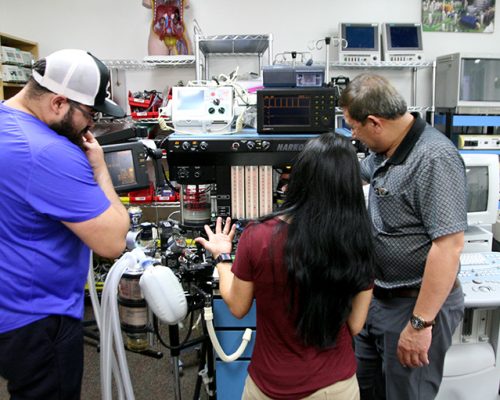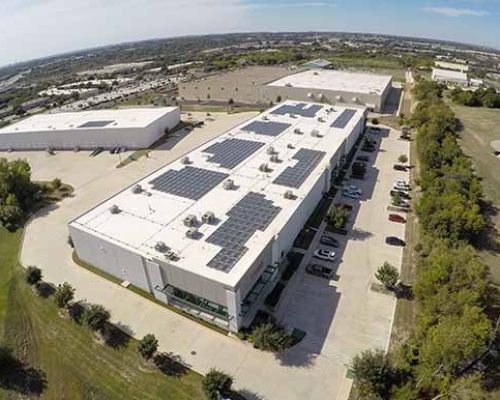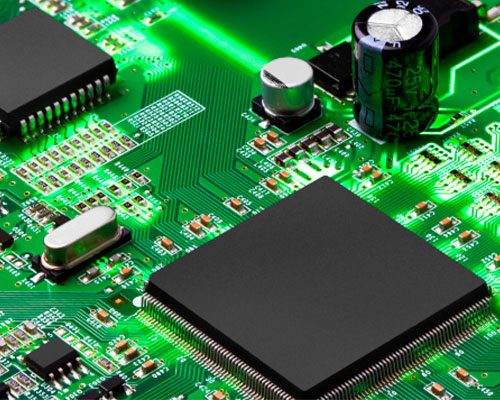The Neonatal Intensive Care Unit (NICU) is home to an array of specialized equipment, each with its distinct role and purpose. One such crucial tool is the transport incubator. In this blog post, we’ll delve into the specifics of what a transport incubator is, how it functions, and its various components.
What is a Transport Incubator?
A transport incubator is a mobile, enclosed unit designed to create a controlled, stable environment for infants who need to be moved either within the hospital (such as between departments) or between medical facilities. It is specially constructed to provide a warm, secure environment that can protect these fragile patients from external influences during transportation.
How Do Transport Incubators Work?
The primary function of a transport incubator is to maintain a consistent and regulated temperature environment, crucial for premature or sick infants who may not yet have developed the ability to regulate their own body temperature.
This is typically achieved using a built-in heating system that is carefully calibrated and controlled to provide steady warmth. While exact mechanisms can vary, the heating system is generally designed to evenly distribute heat throughout the unit, ensuring the infant remains at a consistent temperature during transportation.
The Components of a Transport Incubator
A transport incubator generally consists of multiple components, each playing a vital part in ensuring the unit performs its functions effectively:
Enclosed Chamber
The enclosed chamber, or compartment, is where the infant is placed. Designed to provide insulation, it reduces the impact of external environmental factors such as temperature fluctuations, noise, and light. This controlled environment provides the infant with a stable microclimate for optimal safety during transport.
Heating Mechanism
The heating mechanism is the central component providing the required warmth within the incubator. Operating under precise controls, it maintains a suitable and constant temperature range within the unit.
Control Panel
The control panel enables healthcare professionals to adjust and monitor conditions inside the incubator. It typically includes settings for temperature, humidity, and, in some cases, oxygen levels. This provides caregivers with the flexibility to meet individual infants’ specific needs.
Monitoring Systems
Monitoring systems continuously keep track of conditions within the incubator, ensuring the environment remains within set parameters. If any conditions deviate from the predetermined range, these systems typically trigger an alarm, alerting healthcare staff to make necessary adjustments.
Access Ports
Access ports are strategically placed openings allowing healthcare providers to care for the infant without disturbing the controlled environment. This means medical professionals can perform necessary procedures or examinations with minimal disruption to the infant’s surroundings.
Understanding the science behind transport incubators offers insight into the meticulous care and thought that goes into ensuring the well-being and safety of our most vulnerable patients. They are a vital part of the equipment roster in any NICU, representing a critical link in the chain of neonatal care.
International Biomedical Manufactures State-of-the-art Transport Incubators
In the world of neonatal care, International Biomedical stands as one of the top providers of transport incubators globally. With a focus on safety, comfort, and high-quality design, our transport incubators reflect our commitment to supporting healthcare professionals in providing exceptional care for our smallest patients. As we continue to innovate and develop, International Biomedical remains dedicated to making a positive impact on neonatal care through our advanced medical technology. Contact us today to learn more about our line of infant medical health products.









